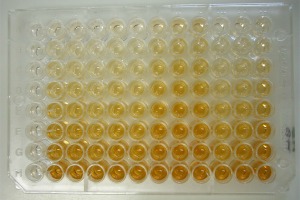Dr. Clifford Hudis has been named the new CEO of the American Society of Clinical Oncology. In his new role, Hudis will continue Lichter’s vision of using “big data” to find new treatments and cures for cancer.
Vivian Rodriguez Archilla, PhD provides professional commentary on the emotional struggles of cancer on T.J. Sharpe’s blog post, “The Dark Side of Surviving Cancer“.
The world first met Gabriel through Brandon Stanton on Humans of New York. Gabe’s story was the first story told through Brandon’s camera lens at MSK’s pediatrics department. Voice of America did an in-depth story on Gabe and his family as well as Dr. Paul Meyers, Gabe’s oncologist here at MSK.
